After the return of Soyuz MS07 to Earth on June 3, 2018, there were only three astronauts left on the International Space Station. That’s why on June 8, a new crew took off from Baikonur to join the ISS after two days of travel and 34 orbits. This crew of Soyuz MS09 consisted of American Serena Auñón-Chancellor, Russian Sergey Prokopyev, and German Alexander Gerst.
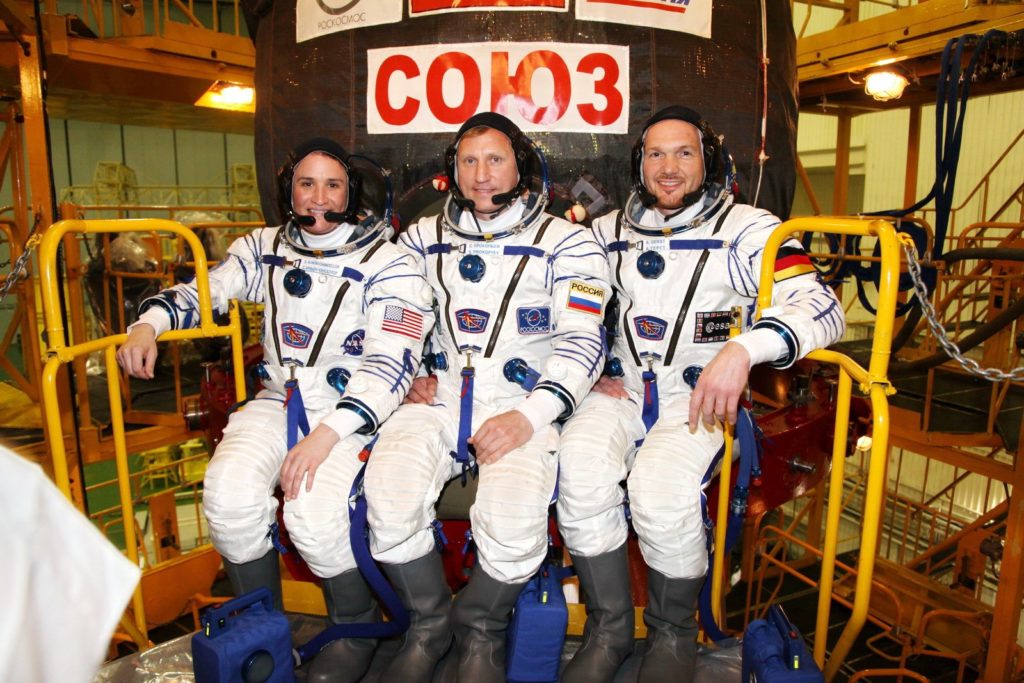
The three astronauts
Serena Auñón-Chancellor
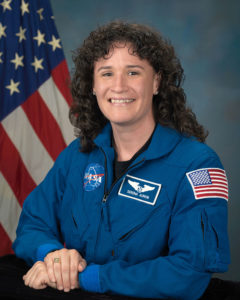
This American astronaut, born on April 9, 1976, made her first spaceflight aboard this mission and was appointed as the second flight engineer. She holds a degree in electrical engineering, a medical doctorate, and a master’s in public health. Serena was hired by NASA as a flight surgeon. She spent more than nine months in Russia preparing for flights to the ISS and is currently responsible for directing medical operations for the development of the new Orion capsule. She was selected by NASA in the 2009 astronaut class and completed her basic training in 2011. Even though she had to wait until 2018 to launch, she didn’t sit idly by. In fact, Serena participated in the NEEMO 16 mission as an aquanaut in 2012.
The NEEMO missions, which stands for NASA Extreme Environment Mission Operations, take place in the Aquarius underwater laboratory. This laboratory is the only permanent underwater research station. It is located 5.6 km off the coast of the city of Key Largo in Florida and nearly 19 meters below the surface, where the pressure is already three times greater than at the surface. These NEEMO missions have two major objectives: to train astronauts and prepare them for living in space, but also to develop solutions to our terrestrial problems using the oceans and evaluate the possibilities of underwater habitation.
Serena participated again in these underwater missions in 2015 with the 20th crew. Despite these two missions, Serena was not supposed to leave so soon. Indeed, it should have been Jeanette Epps aboard Soyuz MS09. She would have become the first African-American woman to live on the station. Other women of the same ethnicity had already completed stays on the ISS, but these did not exceed twenty days. The announcement of Jeanette’s replacement by Serena was made on January 16, 2018, just six months before the launch. NASA did not provide reasons for this change and stated that such information is private. As is often the case in situations where an African-American person is replaced by a Caucasian, the public often cries racism, and in this case, Jeanette Epps’s brother posted a defamation message against NASA on Facebook on January 20: “My sister Jeanette Epps has always fought against racist oppression and misogyny within NASA and now they are holding her back and letting a Caucasian astronaut take her place!” In the end, Serena becomes the second Hispanic woman to fly in space!
Sergey Valeriyevich Prokopyev (Сергей Валерьевич Прокопьев)
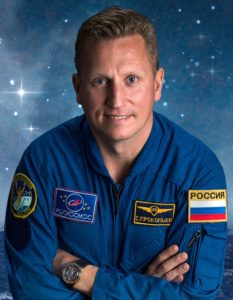
This Russian cosmonaut, born on February 19, 1975, was making his first spaceflight here. He was appointed as the commander of Soyuz MS09. Sergey was a major and squadron commander of the Tu-160 in the Russian Air Force before being selected to become a cosmonaut in October 2010. He underwent basic spaceflight training for over two years.
Assigned as the backup commander on Soyuz TMA-18M, Sergey was originally slated to be the commander of Soyuz MS-08. Due to Russian budget cuts, he was removed from this flight and instead assigned as the backup commander on Soyuz MS-07 in late 2018, before finally launching aboard Soyuz MS09.
Alexander Gerst
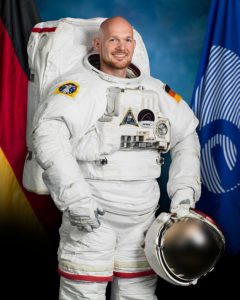
This German astronaut, born on May 3, 1976, is flying here for the second time in space. He received a master’s degree in geophysics from the University of Karlsruhe in Germany. Between 1998 and 2003, Alexander participated in numerous scientific collaborations and some field experiments, including some in Antarctic bases. From 2001 to 2003, Alexander continued his studies by pursuing a master’s degree in Earth sciences. During his research for his thesis, he developed a new technique for monitoring volcanoes. This technique could improve volcanic eruption predictions, and its results were published in the scientific journal Science. Until 2009, Alexander worked as a researcher at the Institute of Geophysics and received his doctorate in natural sciences in 2010.
In 2007, he received the Bernd Rendel Prize from the DFG German Research Foundation, the German equivalent of the French CNRS. Several of his research projects have been published, and some results have even appeared in Nature.
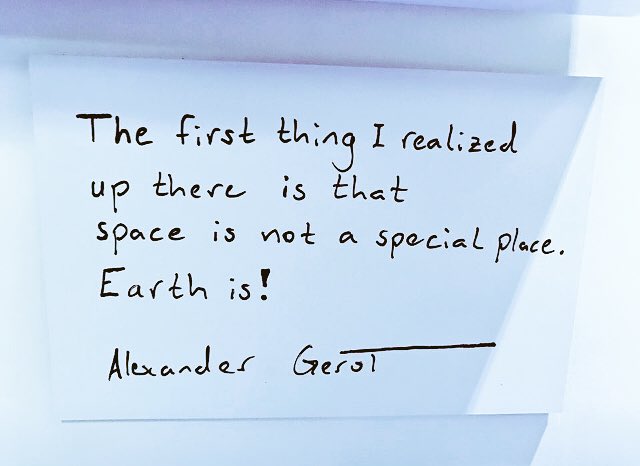
In 2009, Alexander Gerst was selected as an astronaut by the ESA. His class, the “Shenanigans,” notably includes Samantha Cristoforetti, Luca Parmitano, Andreas Mogensen, Matthias Maurer, Tim Peake, and Thomas Pesquet. Alexander is the first astronaut from this selection to fly for the second time, but more importantly, he is the first German who will command the ISS. Indeed, he will be the official commander of the space laboratory during the three-month Expedition 57. His first flight was for the Soyuz TMA-13M mission, and he was part of Expeditions 40/41 in 2014. This first mission was also named “Blue Dot” by the ESA, just like his second mission is named “Horizons.” During his first stay, Alexander was able to participate in a 6-hour, 13-minute extravehicular activity (EVA).
Launch
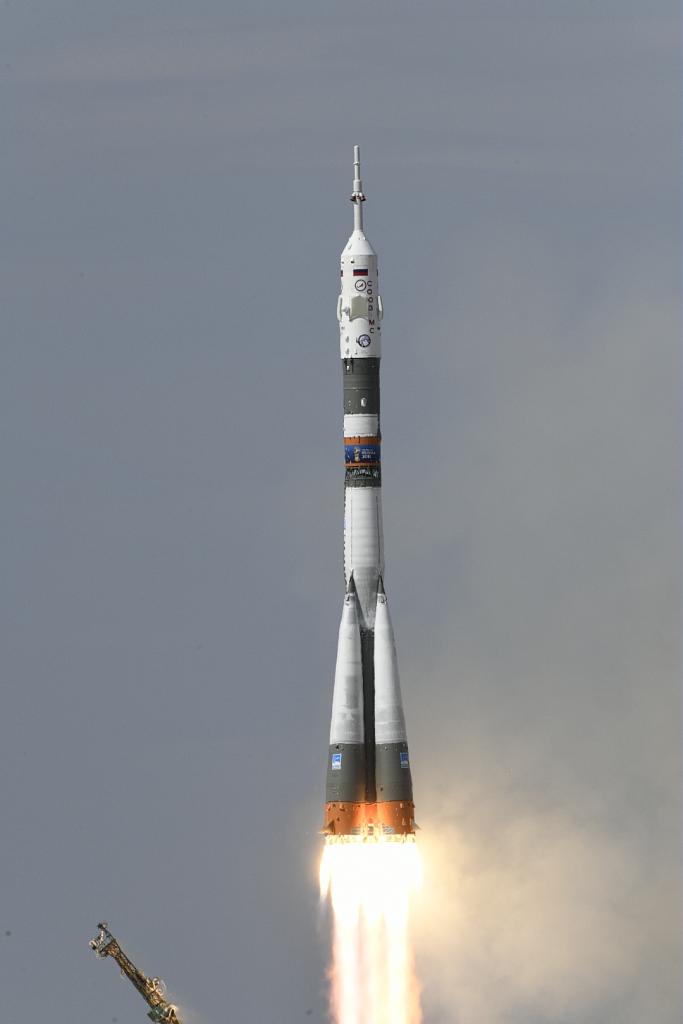
Thus, these three astronauts took off from the historic Baikonur Cosmodrome, from which Yuri Gagarin launched 57 years ago. The launch took place at 13:12:41 Paris time and lasted precisely 528 seconds until the spacecraft reached orbit. A significant difference from the usual Soyuz flights was the presence of a camera outside the Soyuz spacecraft pointing downward. Although this view showed us magnificent images of the third stage separation, its primary purpose was scientific. Since it will soon be a variant of the Soyuz 2.1a rocket that replaces the Soyuz FG in the role of sending astronauts, Roscosmos engineers had to ensure that the separation of the final stage proceeded as planned.
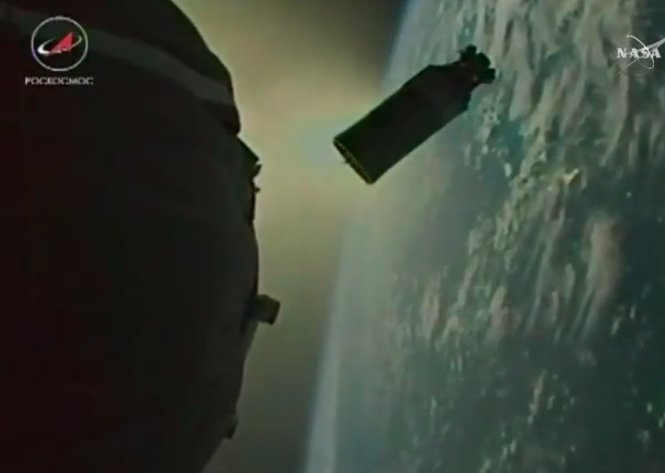
Voyage et docking
Once the Soyuz spacecraft was in orbit, its solar panels and antennas deployed without incident. All that remained for the astronauts was to wait for two long days in a 9m3 space before they could join the station. During this wait, the capsule completed 34 orbits around the Earth! Why wasn’t the six-hour trajectory chosen? The reason is rather simple. To reach the ISS in six hours, the launch must be conducted from a very precise position. However, this position can be obstructed by an abundance of satellites, thus hindering the “fast” journey.
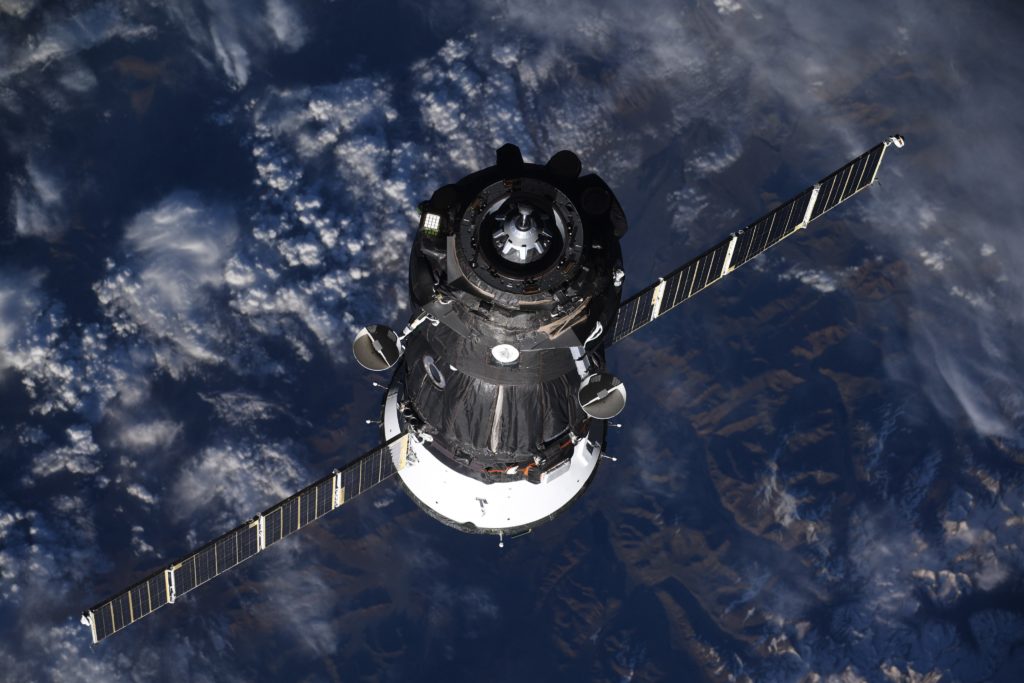
Soyuz MS09 reached the station on June 8th before docking at 15:01 Paris time. This docking occurred automatically (as always) on the nadir port of the Rassvet module. The Rassvet port is located at the interface between the Russian and American segments of the station. Nadir refers to the “bottom” of the station, meaning the side facing Earth. Thus, saying that Soyuz docked at the nadir means it docked with its back to our planet. This docking proceeded as planned, and the three astronauts were finally able to leave their capsule two hours later.
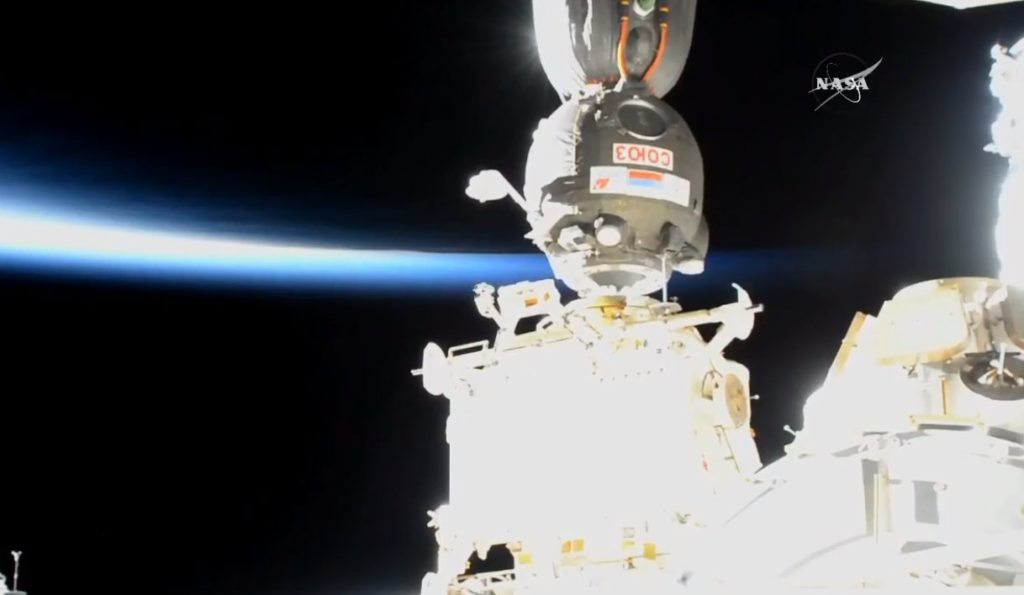
Indeed, it is necessary to wait a little longer before being able to open the hatch. Since the atmospheric pressure inside the Soyuz and the ISS differs, they must be slowly equalized while also verifying that the seal is airtight. Just after arriving safely, the astronauts made contact with the ground to speak with their loved ones and also to quickly respond to certain questions.
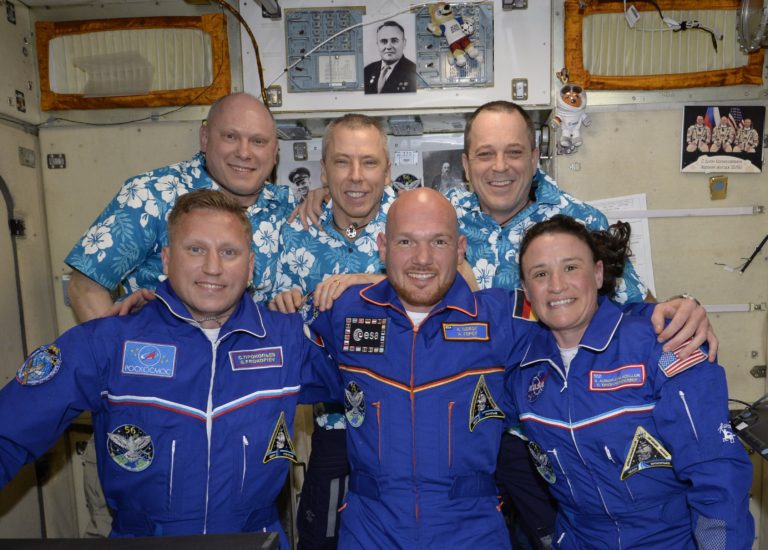
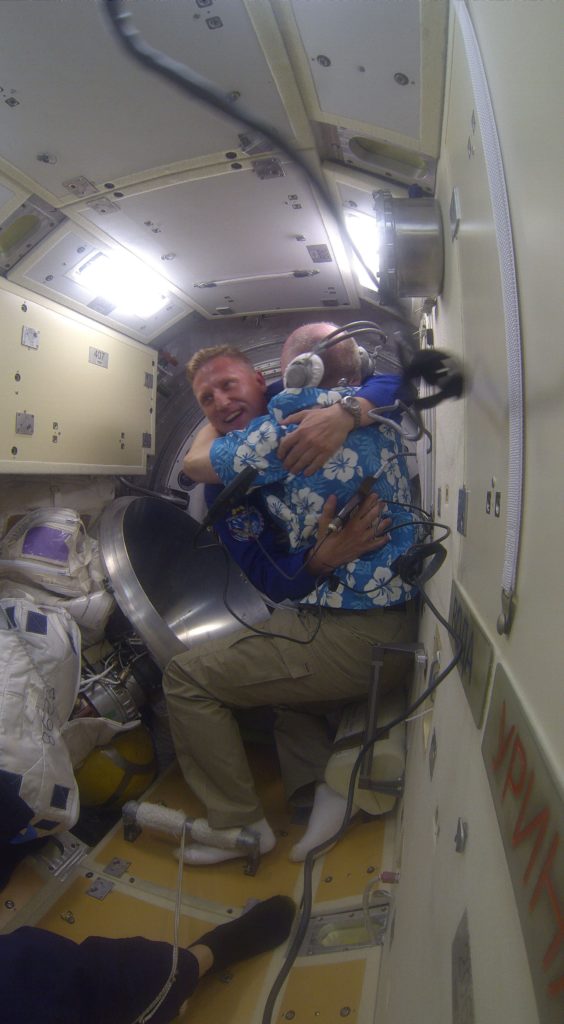
In the end, the station once again has six occupants, including three Americans, two Russians, and one German. The three occupants who were already on the station before this launch will return in August 2018, while the crew of Soyuz MS09 will return in December. In the meantime, the six astronauts will conduct numerous scientific experiments as well as station maintenance, as the station is expected to continue operating until at least 2024!



